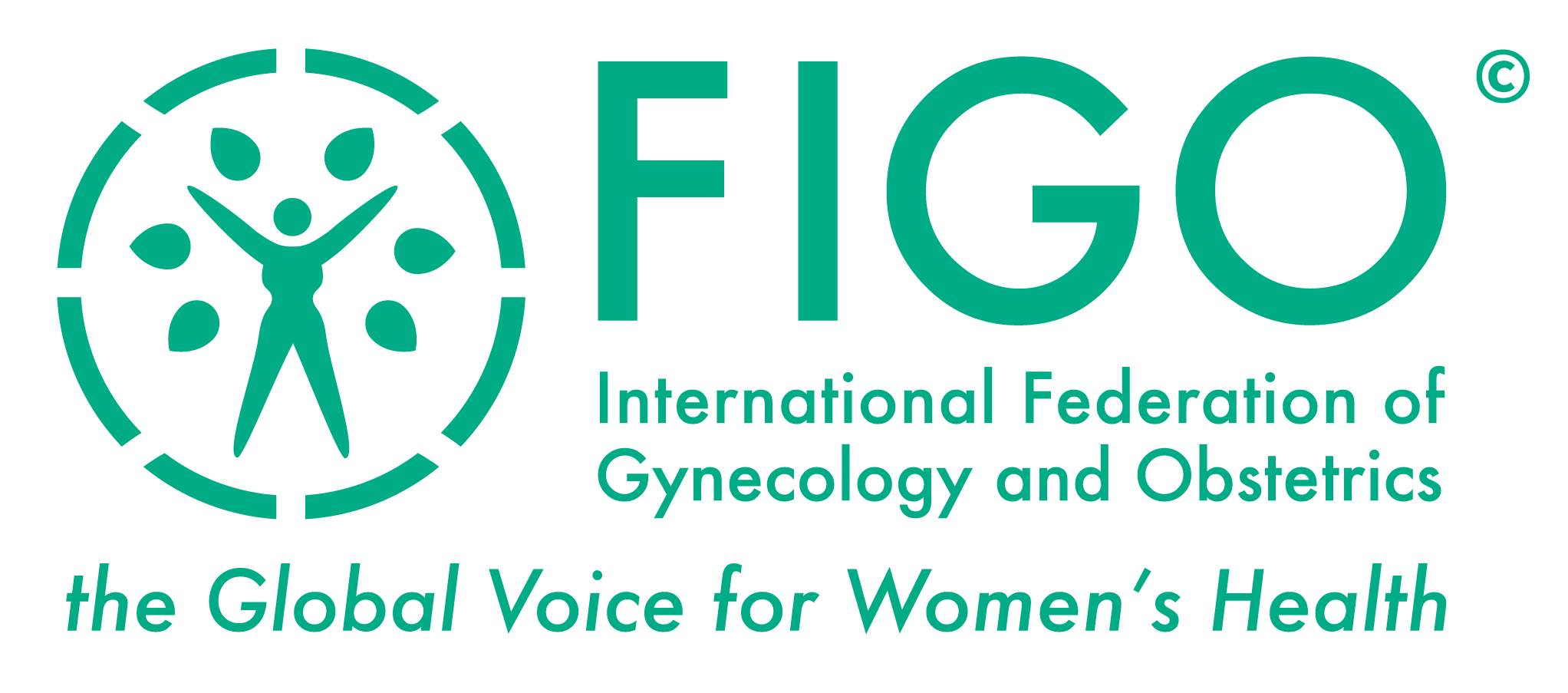Bensdorp AJ, Tjon-Kon-Fat RI, Bossuyt PMM et al.
Prevention of multiple pregnancies in couples with unexplained or mild male subfertility: randomised controlled trial of in vitro fertilisation with single embryo transfer or in vitro fertilisation in modified natural cycle compared with intrauterine insemination with controlled ovarian hyperstimulation. BMJ 2015;350:g7771 dpo” 10.1136/bmj.g7771.
OBJECTIVES:
To compare the effectiveness of in vitro fertilisation with single embryo transfer or in vitro fertilisation in a modified natural cycle with that of intrauterine insemination with controlled ovarian hyperstimulation in terms of a healthy child.
DESIGN:
Multicentre, open label, three arm, parallel group, randomised controlled non-inferiority trial.
SETTING:
17 centres in the Netherlands.
PARTICIPANTS:
Couples seeking fertility treatment after at least 12 months of unprotected intercourse, with the female partner aged between 18 and 38 years, an unfavourable prognosis for natural conception, and a diagnosis of unexplained or mild male subfertility.
INTERVENTIONS:
Three cycles of in vitro fertilisation with single embryo transfer (plus subsequent cryocycles), six cycles of in vitro fertilisation in a modified natural cycle, or six cycles of intrauterine insemination with ovarian hyperstimulation within 12 months after randomisation.
MAIN OUTCOME MEASURES:
The primary outcome was birth of a healthy child resulting from a singleton pregnancy conceived within 12 months after randomisation. Secondary outcomes were live birth, clinical pregnancy, ongoing pregnancy, multiple pregnancy, time to pregnancy, complications of pregnancy, and neonatal morbidity and mortality
RESULTS:
602 couples were randomly assigned between January 2009 and February 2012; 201 were allocated to in vitro fertilisation with single embryo transfer, 194 to in vitro fertilisation in a modified natural cycle, and 207 to intrauterine insemination with controlled ovarian hyperstimulation. Birth of a healthy child occurred in 104 (52%) couples in the in vitro fertilisation with single embryo transfer group, 83 (43%) in the in vitro fertilisation in a modified natural cycle group, and 97 (47%) in the intrauterine insemination with controlled ovarian hyperstimulation group. This corresponds to a risk, relative to intrauterine insemination with ovarian hyperstimulation, of 1.10 (95% confidence interval 0.91 to 1.34) for in vitro fertilisation with single embryo transfer and 0.91 (0.73 to 1.14) for in vitro fertilisation in a modified natural cycle. These 95% confidence intervals do not extend below the predefined threshold of 0.69 for inferiority. Multiple pregnancy rates per ongoing pregnancy were 6% (7/121) after in vitro fertilisation with single embryo transfer, 5% (5/102) after in vitro fertilisation in a modified natural cycle, and 7% (8/119) after intrauterine insemination with ovarian hyperstimulation (one sided P=0.52 for in vitro fertilisation with single embryo transfer compared with intrauterine insemination with ovarian hyperstimulation; one sided P=0.33 for in vitro fertilisation in a modified natural cycle compared with intrauterine insemination with controlled ovarian hyperstimulation).
CONCLUSIONS:
In vitro fertilisation with single embryo transfer and in vitro fertilisation in a modified natural cycle were non-inferior to intrauterine insemination with controlled ovarian hyperstimulation in terms of the birth of a healthy child and showed.
